The Remembrance Cycle Route
- 1cycle route
- 90km
- 23sites to explore
The Remembrance Cycle Route
90 km to explore the Somme and its memorials
Cycle from Amiens to Arras, two of the North of France’s great cities, along C and D roads. Explore the Somme Valley, our cultural heritage, and the main sites of the Battle of the Somme.
Cycling the Remembrance Trail, viewed through the lens of “Voyager en photos”
 © Department of Veterans' Affairs
© Department of Veterans' Affairs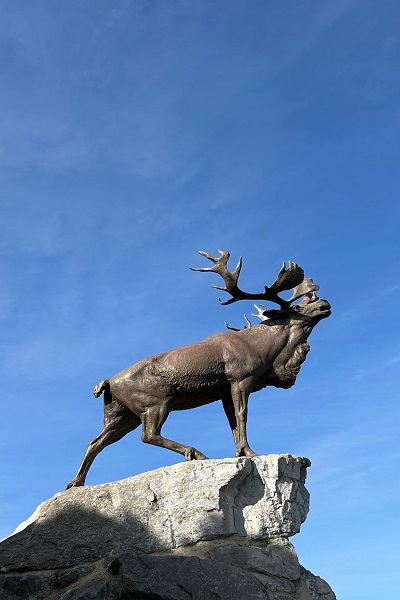 © Somme Tourisme-LM
© Somme Tourisme-LM © Nicolas Bryant
© Nicolas Bryant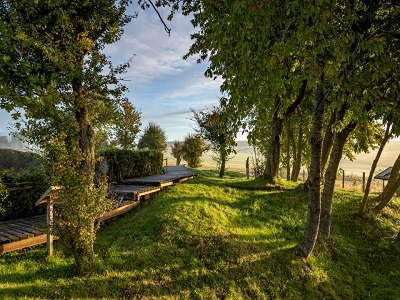 ©Somme Tourisme - Laurent Desbois/Lwood
©Somme Tourisme - Laurent Desbois/Lwood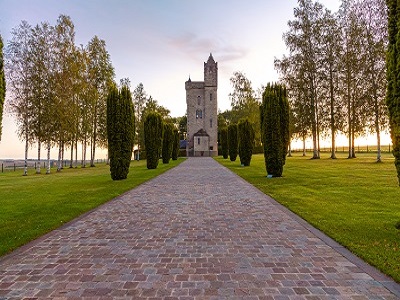 ©Somme Tourisme - Laurent Desbois/Lwood
©Somme Tourisme - Laurent Desbois/Lwood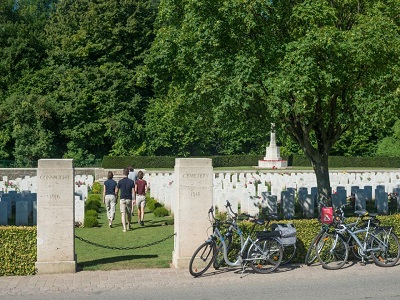 © Nicolas Bryant
© Nicolas Bryant- Stage 1: Amiens - Villers-Bretonneux
The starting point of the Remembrance Cycle Route is Notre-Dame Cathedral. Listed by Unesco as a World Heritage site, the cathedral is a gothic masterpiece. Make a detour, head inside and look for the ’ange pleureur’ (weeping angel) sculpture that was popularised by the Commonwealth soldiers who sent postcards featuring it.
Then make for the Hortillonnages (300 hectares of floating gardens, in the heart of the city), and cycle to Lamotte-Brebière. From there, keep going as far as Villers-Bretonneux, a temple of Australian Remembrance. 3 must-see sites to explore:
- Australian National Memorial: Inaugurated in 1938, this was the last First World War memorial to be built. It has been listed as a World Heritage site since September 2023.
- Sir John Monash Centre: Just next to the memorial, the centre pays tribute to the Diggers who came to fight on the Somme. 400 interactive screens combine archive footage and reenactments, fully immersing visitors in the Great War.
- Musée Franco-Australien: Located on the 1st floor of the Ecole Victoria (Victoria School), the museum aims to provide a better understanding of Remembrance and the friendship between Villers-Bretonneux and Australia. Most of the artefacts on display were donated by Australian citizens.
 ©Stéphane Bouilland
©Stéphane Bouilland © Nicolas Bryant
© Nicolas Bryant @Iwwod
@Iwwod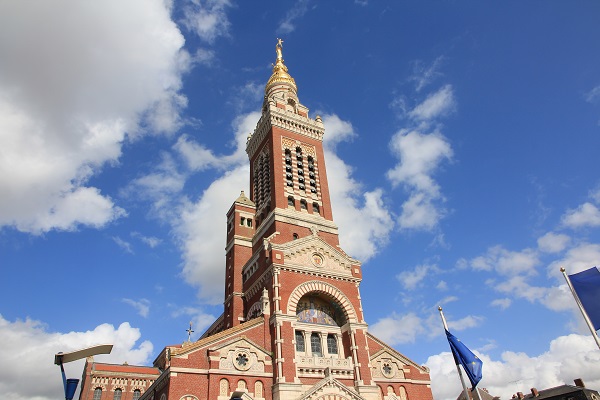 © Samuel Crampon
© Samuel Crampon- Stage 2: Villers-Bretonneux – Albert
After exploring the Australian enclave, head for Corbie and its Saint-Pierre Abbey and monumental gateway. The Val de Somme Tourist Office is recognised as welcoming to cyclists, and offers specific services. If you want to make a detour, head for the Sainte-Colette viewing point and then on the Etangs de la Barette (ponds), via the stony grasslands which are a gem of biodiversity. Otherwise continue straight along V32 to the remains of Heilly château and then Ribemont-sur-Ancre, a major archaeological site where virtual reality and holograms bring the vestiges hidden underground to life. Travel to the heart of History!
Press on to the town of Albert, made the cradle of the aviation industry by Henri Potez. The Pays du Coquelicot Tourist Office is also recognised as welcoming to cyclists. The neo-byzantine Notre-Dame de Brebières basilica is well worth a visit. The Golden Virgin statue dominates the town, and was famed among soldiers during the Great War. Following bombardments in 1915, the Virgin was left hanging precariously for a long time. The soldiers claimed that “When the Virgin falls, the war will end”. In 1918, the statue did indeed fall following further shelling. Set in the town’s underground tunnels and just next to the basilica, the 1916 Somme Museum recounts the Battle of the Somme through scenes of trench life.
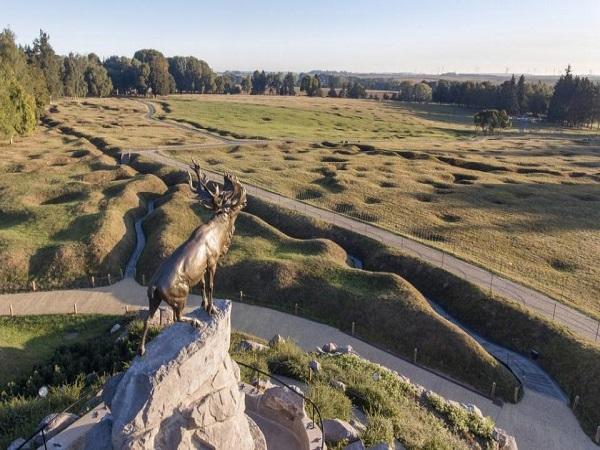 © Nicolas Bryant
© Nicolas Bryant- Stage 3: Albert – Beaumont-Hamel
This third stage takes you straight to the heart of the Somme battlefields. After visiting Albert, departure point of the Remembrance Trail, head towards Ovillers-La-Boisselle, where you will find Lochnagar Crater; a gaping crater made by the detonation of mines kicking off the Battle of the Somme on 1st July 1916 at 7.28 am. It is one of the few craters still open to the public.
On to Authuille and Saint-Fursy church, then towards Thiepval memorial, the largest British war memorial in the world. Listed by World Heritage, the names of the 72 000 soldiers missing in action during the Battle of the Somme are carved into the stone of the monument itself. Beside it is the Thiepval Museum where Joe Sacco’s comic-strip style fresco, measuring 85 m long, tells of life in the trenches. Not far away stands the troubadour style Ulster Tower, a replica of Helen’s Tower in Belfast built in tribute to the men of the 36th Northern Irish Division who died on the Somme. The nearby Mill Road cemetery is listed by World Heritage. The headstones are laid horizontally due to the unstable terrain. Next stop: Beaumont-Hamel Newfoundland Memorial, also listed by World Heritage. The caribou statue dominates the battlefield and the remains of the trenches. Stepping into the site’s Visitor Centre is just like opening a door to Canada!
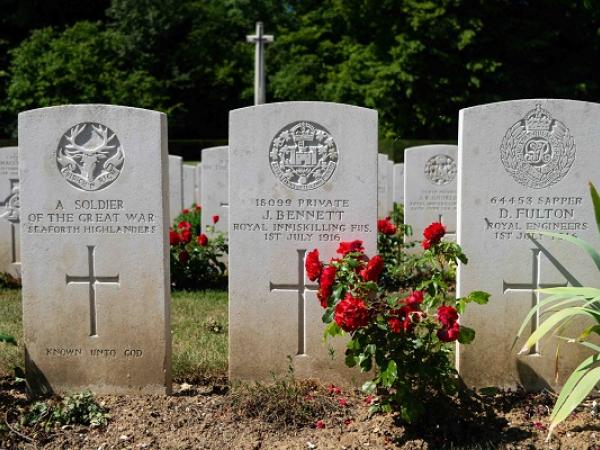 © Mathilde Jégoux
© Mathilde Jégoux- Stage 4: Beaumont-Hamel – Arras
Leave Beaumont-Hamel in the direction of Beaurains, and the CWGC Visitor centre in particular, to find out more about the work of the Commonwealth War Graves Commission. It is the only organisation of its kind in the world and manages over 23 000 sites in more than 150 countries and territories.
Not far from there, the city of Arras marks the arrival point of V32. Visit Wellington Tunnels, where an old chalk quarry 20 m below the surface bears witness to the thousands of British and Commonwealth soldiers who launched a surprise attack on the battlefield in 1917.
The city hall, the belfry and the Vauban Citadel (all listed by UNESCO) and the Musée des Beaux-Arts are of great interest! Not far away lies Faubourg d’Amiens military cemetery, with its 2652 graves and 35 928 names, a memorial to the British, New Zealand and South African soldiers who were lost in the Battles of Arras.
Useful information
To hire or repair a bicycle
Amiens Métropole Tourist Office : 03 22 71 60 50
Buscyclette Amiens : 09 70 82 07 22
Les vélos du Val de Somme (Fouilloy) : 06 95 20 37 58
Val de Somme Tourist Office : 03 22 96 95 76
MBK Brasselet Tony (Albert) : 03 22 75 05 11
Pays du Coquelicot Tourist Office : 03 22 75 16 42
Riverside Park (Saint-Laurent-Blangy) : 03 21 73 74 93
Arras Tourist Office : 03 21 51 26 95
All the Cycle and Great War news
in the Somme
To keep informed about Great War news and explore the Somme memorials, visit our Facebook page and Instagram Somme1914_1918.
All the Somme cycling news and route ideas are on our Facebook page La Somme à Vélo.
The Highway Code
for cyclists
![]() Ensure that you are visible day and night. A hi-vis jacket is obligatory when cycling outside built-up areas at night, and in the day when visibility is poor.
Ensure that you are visible day and night. A hi-vis jacket is obligatory when cycling outside built-up areas at night, and in the day when visibility is poor.
![]() Wear a helmet. They are obligatory for under-13’s.
Wear a helmet. They are obligatory for under-13’s.
![]() Your bell must be in working order.
Your bell must be in working order.
![]() Slow down when passing other road users.
Slow down when passing other road users.
You'll like too
Graded campsite
Camping Le Vélodrome
Museums and places of interest


